Which Bones Are Safe For Dogs? Top 8 Dog Bones Benefits
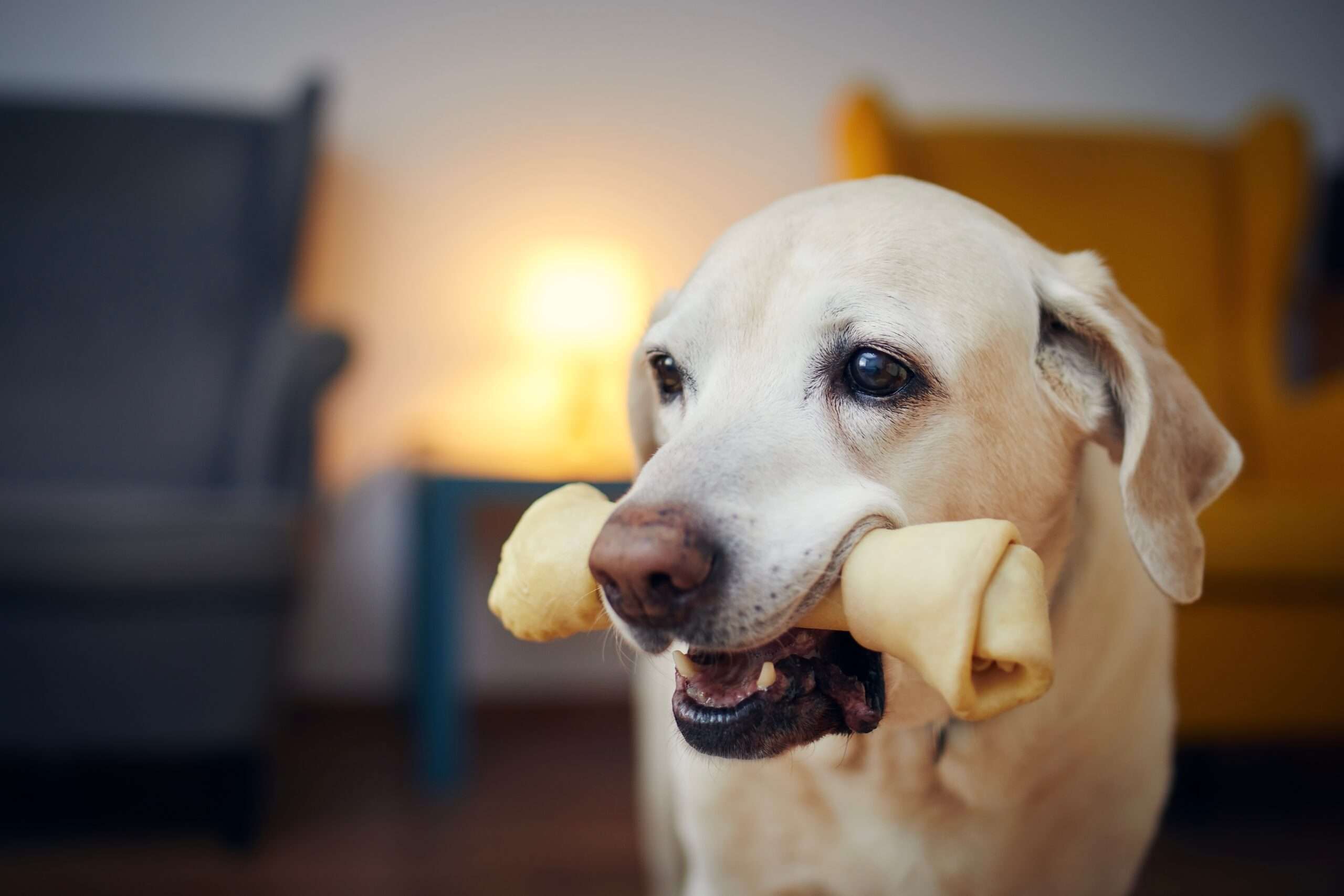
Have you think about it “Which Bones are safe for Dogs?”. Well… Let me know! Prefer raw bones over cooked ones since the former may crack and cause problems in the stomach. Large bones are interesting with appetizing meat. Such as beef knuckle bones, but be careful with fish and chicken bones which are small and break so easily. Keep watching your dog when he or she chews the bone and make sure it’s the right size.
You are also advised to consult your veterinarian. If your Dog has tummy or tooth complications. Limit yourself to large bones that are smooth to the touch. Possibly beef or lamb bones and avoid cooked chicken bones since they can fracture. After all, treats are precisely what they are suggested. Special, so keep the bones limited in number to not overindulge the dog. Infant puppies prefer kinder bones till when their teeth develop. Choose the right bones and you will have a happy and healthy pet!
What Bones Are Safe For Dogs To Eat: A Handy Guide
Have you ever thought about what bones are good for dogs’ teeth? This is where the selection of the less chipping becomes essential as cat claws may get caught in those. And broken bits might be bad for your four-legged friend.
Bones can be a nuisance to your dog’s mouth and stomach, should your dog swallow some of them. With the right selection, your pet will avoid unsuitable bones. That might lead to various health complications.
A Safe Raw Bones Guide
Bone your way into the delight of raw bones – a safer treat for dogs than the cooked ones. Discover two types: recreational and nutritional. One must boil it before serving to end salmonella and keep your dog healthy.
Recreational Raw Bones
Enjoy the puppy playtime when with raw bones as noticed in the bins of the pet stores near you. Strong cows or sheep, are not easy to break and can provide prolonged enjoyment. These aside, each dog owner should ensure vigilance to prevent chipping. During play which is one of the most probable causes of it. After all, even a single chipping on a breath can lead to a whole lot of suffering. Watch out, For the chipping of a breath is the greatest risk. You will come to face that continuous playing along the laws.
Nutritional Dog Bones
Feeding your dog nutritional bones which can be mixed into the meal can boost the diet. Short and fragmented, they break into powder. Adding to the calcium and phosphorus required for general well-being. These are added to meals. And they provide your pet with a great nutritional combination for its good health.
Safety Tips
Boil raw bones before presentation for risk elimination. While playing adopting a balanced attitude by combining playful and nutritional bones. To have an ideal dog that is happy and healthy.
Safe Raw Bones:
- Beef Knuckles
- Marrow Bones
- Femurs (for larger dogs)
- Lamb Ribs (ideal for medium-sized dogs).
- Lamb Feet ( for the breeds that are up to medium-sized).
Unsafe Raw Bones:
- Chicken Bones (small and brittle)
- Turkey Bones
- Duck Bones
- Pork Bones (any size)
- Ham Bones
Cooked Bones
No matter how big cookies are, do not feed your dog with cooked bones; never, never. Bones that are cooked turn brittle; they indeed pose a threat to your dog. Whether you made them indoors or outside. Whether you received them from a breeder or found them in a pet store, if you come close to feeding them, please say no! Your pet may get ill, for cooked bones can carry spices from stews and BBQs. Being happy and healthy means keeping cooked bones away from your dog. Keep to safer treats for your dog!
Rawhide Bones
It’s about cool bones for dogs, but wherever your dog plays, you have to be there. It takes between 1-2 weeks and transforms into yummy snacks. Rawhide is difficult for dogs like Rottweilers or Dobermans.
They have a powerful bite when their dog’s bite can demolish rawhide before it is well sharp. Think of it as a lollipop, licking is good but biting too hard will cause injuries. Watch your dog, get other toys, and do not forget your amusement and proper playtime!
Benefits of Giving Your Dog Bones:
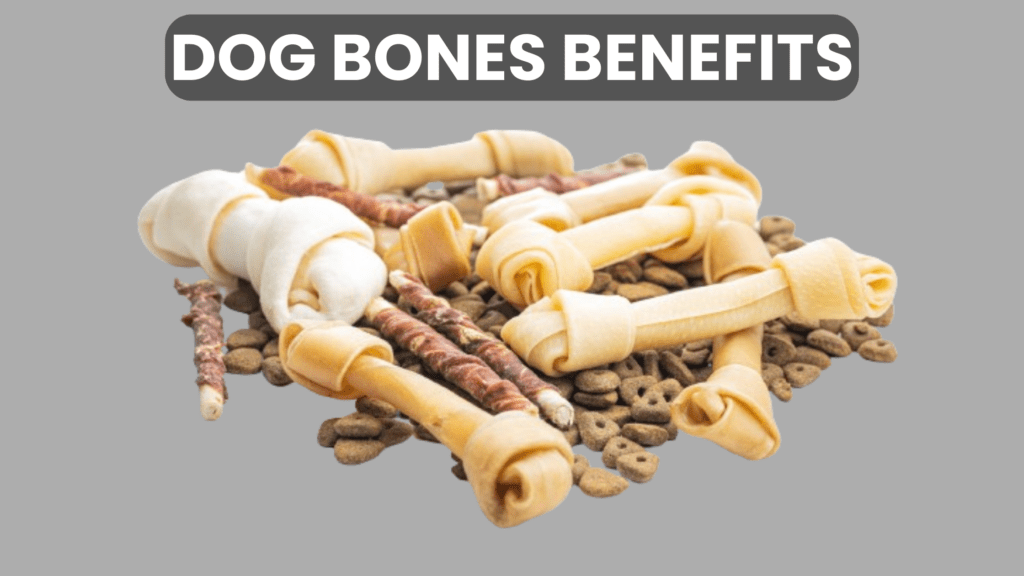
- Satisfies Chewing Instinct: Dogs are chewers, and bones give them a healthy outlet. Saving your upholstery from nibbles.
- Dental Health: Bones chewing is equal to the human practice of brushing. That helps the dogs to keep their teeth neat and clean. It can improve the quality of their breath, preventing gum problems as well.
- Mental Stimulation: Chewing ensures that dogs keep thinking. Playing with a chew bone prevents boredom, too much licking, or intense scratching.
- Nutritional Boost: Some bones contain good things. For example, calcium and phosphorus in vegetables are for human beings. But, dogs need constant feeding that supplies all the necessary nutrient components.
- Joint Health: Chewing builds up their jaws and keeps their joints well. It is their exercise.
- Stress Relief: Each is like a digestive stress ball. It makes them feel relaxed and calm thus leaving them without any care.
- Bonding Opportunity: If you want to get even closer to your dog. Then you can try to share a bone that will be both an exciting adventure and a way to solidify your bond.
- Weight Management: Chewing helps to drop energy from dogs. Thus maintaining their positive shape. Like we need to take the right of food, dogs also need the correct bone size.
Potential Problems with Dog Bones:
- Choking Hazards:
- These small bones may become wedged in the breathing tube. Which necessitates immediate help.
- Digestive Issues:
- Broken Bones may cause
- Diarrhea
- Vomiting
- Abdominal pain
- Constipation
- Internal bleeding
- Bacterial Infections:
- Bacteria such as Salmonella or E. coli were brought along with sourced raw bones. May make everybody who consumes them sick and this could not only include people.
- Dental Damage:
- Hard bones are likely to end up breaking or even wearing down the teeth. It especially happens to older dogs.
- More Signs of Trouble:
- Lethargy or weakness
- Loss of appetite
- Fever
- Difficulty passing stool
- Blood in stool or vomit
But what if my dog eats a bad bone?
If your dog catches a bone piece for human food, act, and try to give the dog bone to her. If your dog swallows it in one gulp, remain calm and ask your vet how to proceed. Listen to your vet, notice your dog for 72 hours, and look at your dog’s waste for bone parts.
If everything looks good the dog is most likely not in jeopardy. Yet, any worries bring up the issue of a vet visit. Which provides peace of mind and a thorough clinical examination. If your dog is acting composure and quickness are what save their best.
Dog Bone Safety and General Guidelines:
- When in question, consult your vice to find out the latest and the safest bones available.
- Or, pick a plastic boneyard; these bones are not only entertaining. But also convenient, as they are safe for use.
- Whether real or not, choose toys that are proportioned to your dog’s size. And thus, prevent choking hazards.
- Take a bone 15 cm longer than the muzzle; in larger breeds; beef shank bone will do.
- Do not leave the dog with the bone. Restrict playtime to 10-20 minutes per session to avoid quick depletion.
Conclusion
Bone feeding assumes the benefits and the risks that come along with the process. Considering that a variety of vets have conflicting opinions on it. Others recommend grinding some bones into powder. This makes the more source of minerals without chewing risks but takes away the fun this dog had. The intensive analysis and even thorough discussion with the vet are mandatory. We would appreciate your comments on the issues you feel while feeding your puppies. We refer you to our harmful foods guides and puppy feeding to improve this knowledge.
Which Bones Are Safe For Dogs: FAQ’S
Which bone is the safest for my dog?
It depends! Personalized advice from your vet guides you based on the peculiarities of your dog.
What other secure chows?
Nylon chews and puzzle toys are good alternatives.
Will it do me good if I give my dog cooked bones?
Not! Bones after cooking are poisonous to one.
What is the number of bones my dog can have daily?
Once again, consult your veterinarian to make a plan. That is personalized to your dog’s size and nutritional requirements.
Do dogs need bones?
Not necessarily! Some dog owners still hail bones as a treat that is not only fun and healthy. However, dog owners can argue that bones are an important part of the dog’s diet.

As a professional Dr. Irfan Adil has reviewed and written insightful articles on animal health, demonstrating his expertise in the field. His thorough approach and dedication to staying updated on the latest veterinary practices ensure that his patients receive the best possible care. Dr. Irfan Adil is a highly qualified veterinarian based in Lahore, Pakistan. He earned his Doctor of Veterinary Medicine (DVM) degree from Islamia University of Bahawalpur (October 2016 – August 2021). Dr. Adil further specialized in Livestock Management, completing his MPhil from the University of Veterinary and Animal Sciences, Lahore (January 2022 – March 2024). With over three years of experience in a pet clinic, Dr. Adil is committed to providing top-notch pet care and expert advice for pet owners. Meet Dr. Irfan Adil
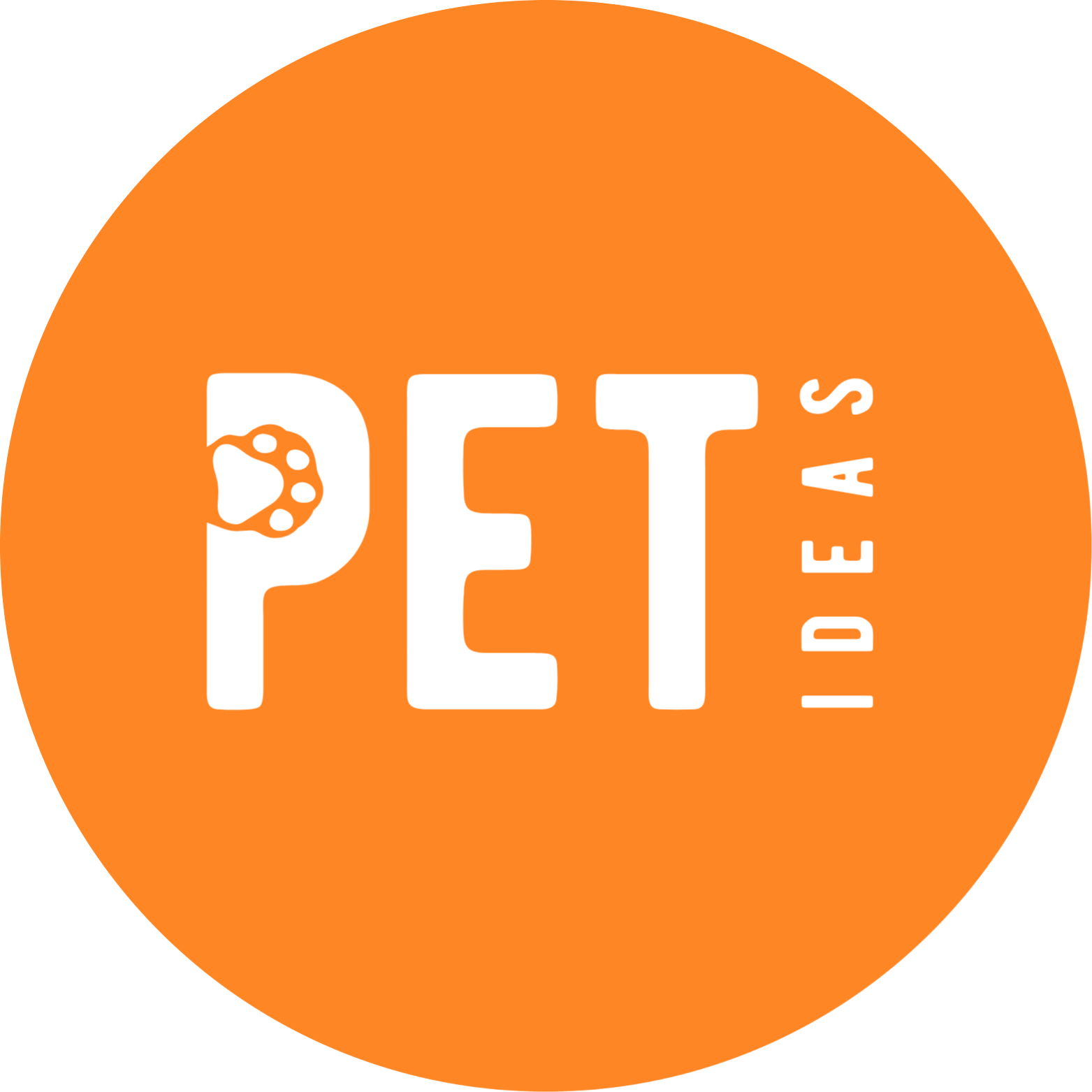
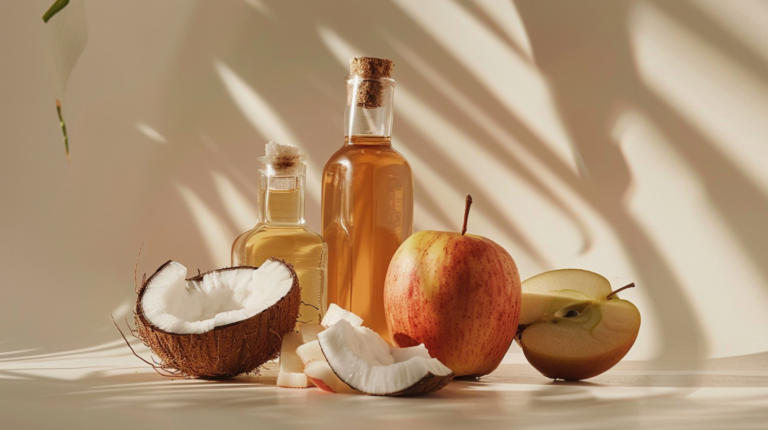
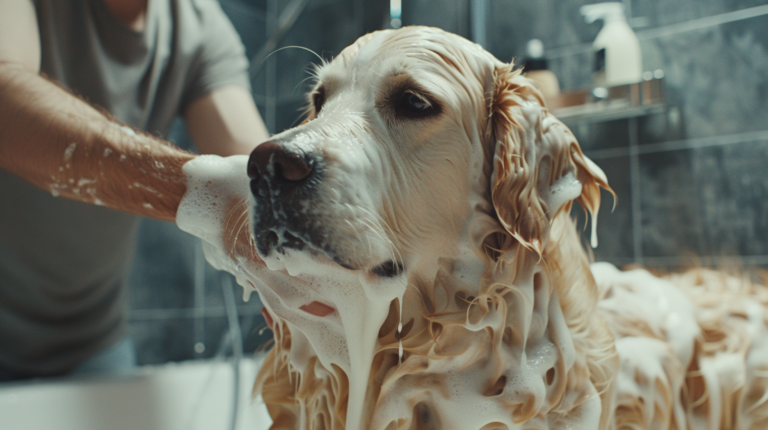
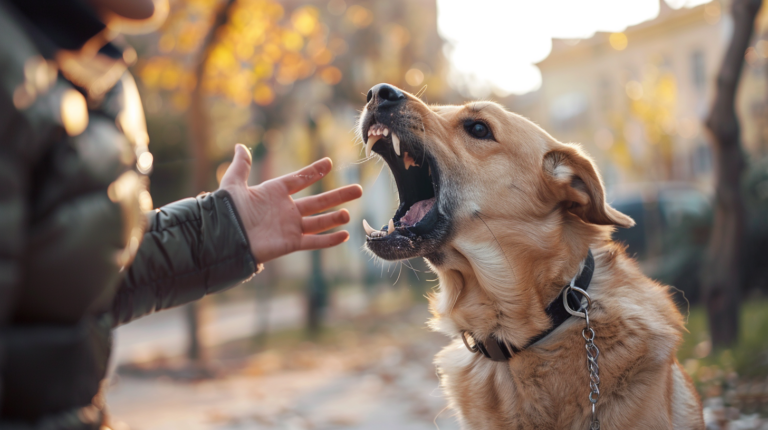
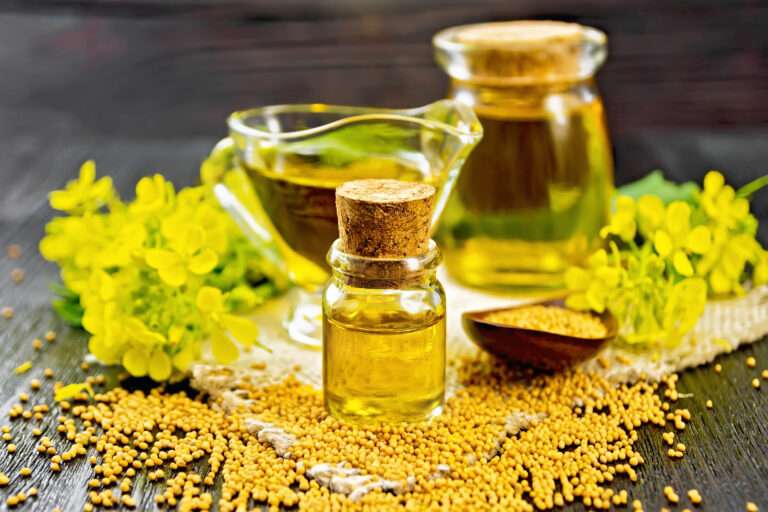
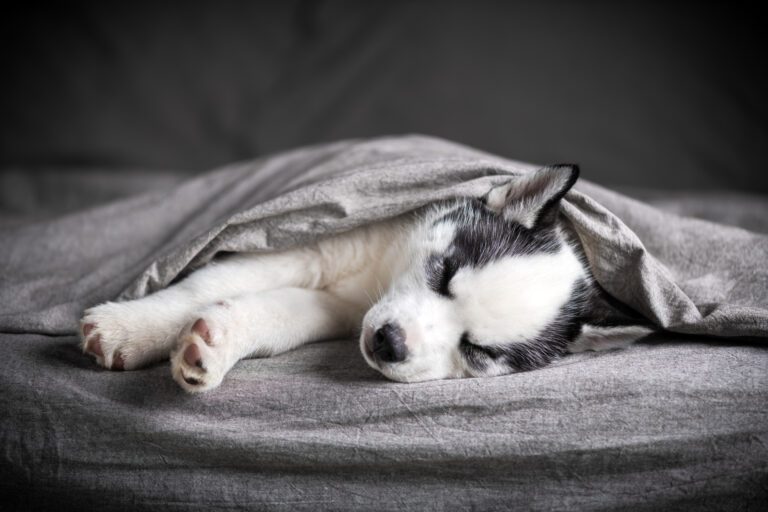
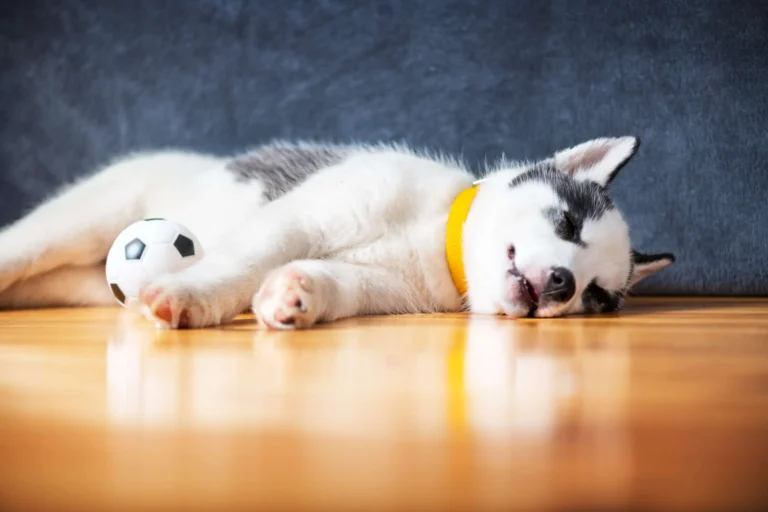
One Comment